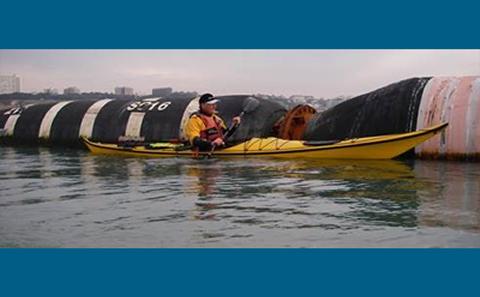Bournemouth Beach Replenishment, 1970 to 2016 Seminar

- Time:
- 18:00 - 19:00
- Date:
- 20 February 2018
- Venue:
- Building 07/3009 L/T A
Event details
Coastal Seminar Series 2017/2018 – Semester 2
Abstract
The talk is mainly based on the experience of working on Bournemouth beach replenishment, covering a wide range of topics with examples and the key issues and challenges faced:
- History and volumes of replenishment
- Why replenish?
- How can we be sure our replenishment is effective?
- PSD of the native beach
- PSD of the beach fill
- Response of the beach profile after filling
- Groynes and their effects on the fill
- Redesign of the groyne field to optimise the replenishment
- Groyne field carrying capacity
- Relative costs of beach fill and groynes
- For how long can we continue to replenish?
- Wind-blown sand and recycling
- Should we coarsen the beach to reduce costs?
Speaker information
Dr David Harlow , Bournemouth Borough Council. Coast Protection Manager for Bournemouth Borough Council. He graduated in 1975 with a first degree in Engineering Geology and Geotechnics from Portsmouth Polytechnic. He worked for 9 months with a Road Construction Unit before joining Havant Borough Council from 1976 to 1986, where he designed and built seawalls, timber revetments, timber groynes, and the Hayling Island Beach Replenishment Scheme. He became a Chartered Engineer and completed a PhD at Southampton University under Norman Webber from 1977 to 1980. He spent 15 months with consultants in the UK and Indonesia before joining Bournemouth as a Resident Engineer in 1987, and worked on 3 tunnelling projects and Beach Improvement Scheme 3 (BIS3) from1988 to 1990. He became coast protection manager and built or rebuilt every groyne in Bournemouth on a rolling programme 1993 to 2004 before designing BIS4 in 2006 to 2010. He designed “Bournemouth Beach Management Scheme Phase 1” which renewed 30 timber groynes and included BIS5 in 2015. Phases 2 and 3 will renew the remaining 20+ groynes from 2020 to 2030 and continue replenishment with BIS6 in 2020, and BIS7 in 2025. He took flexible retirement in 2015 and now works 2 days a week on coastal research.